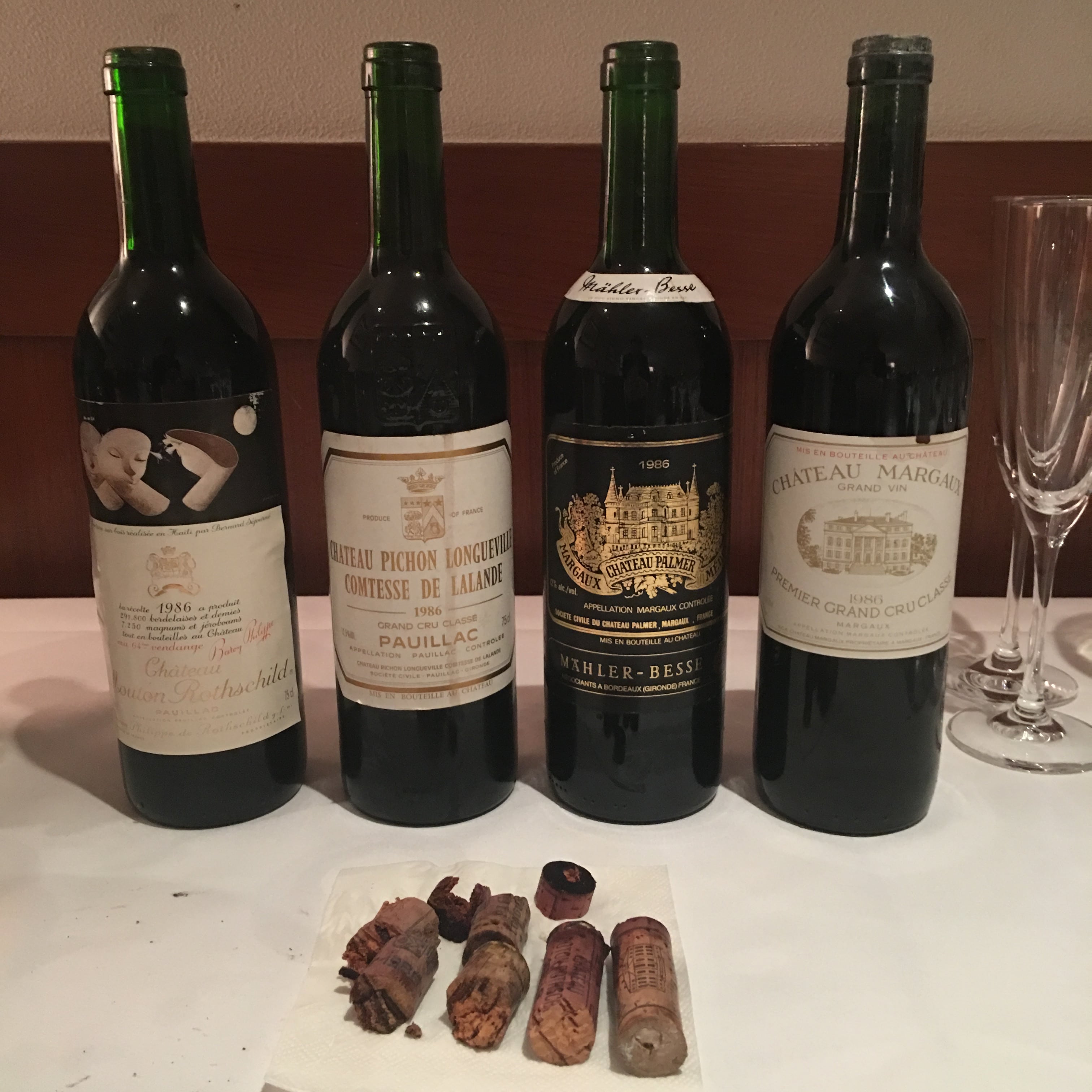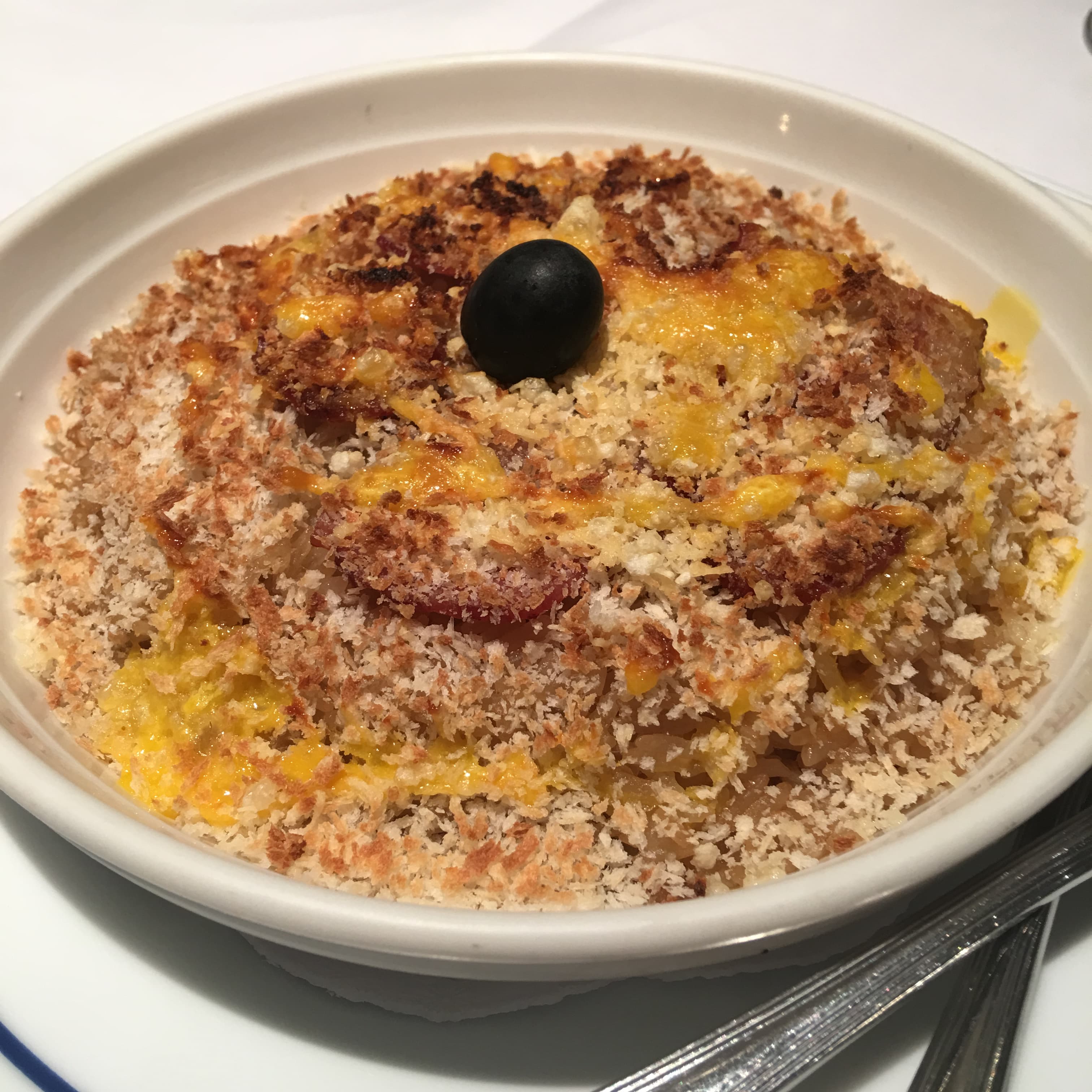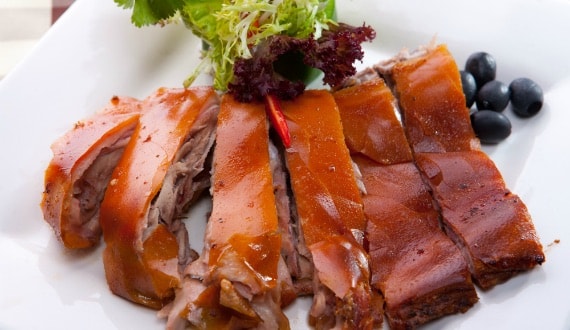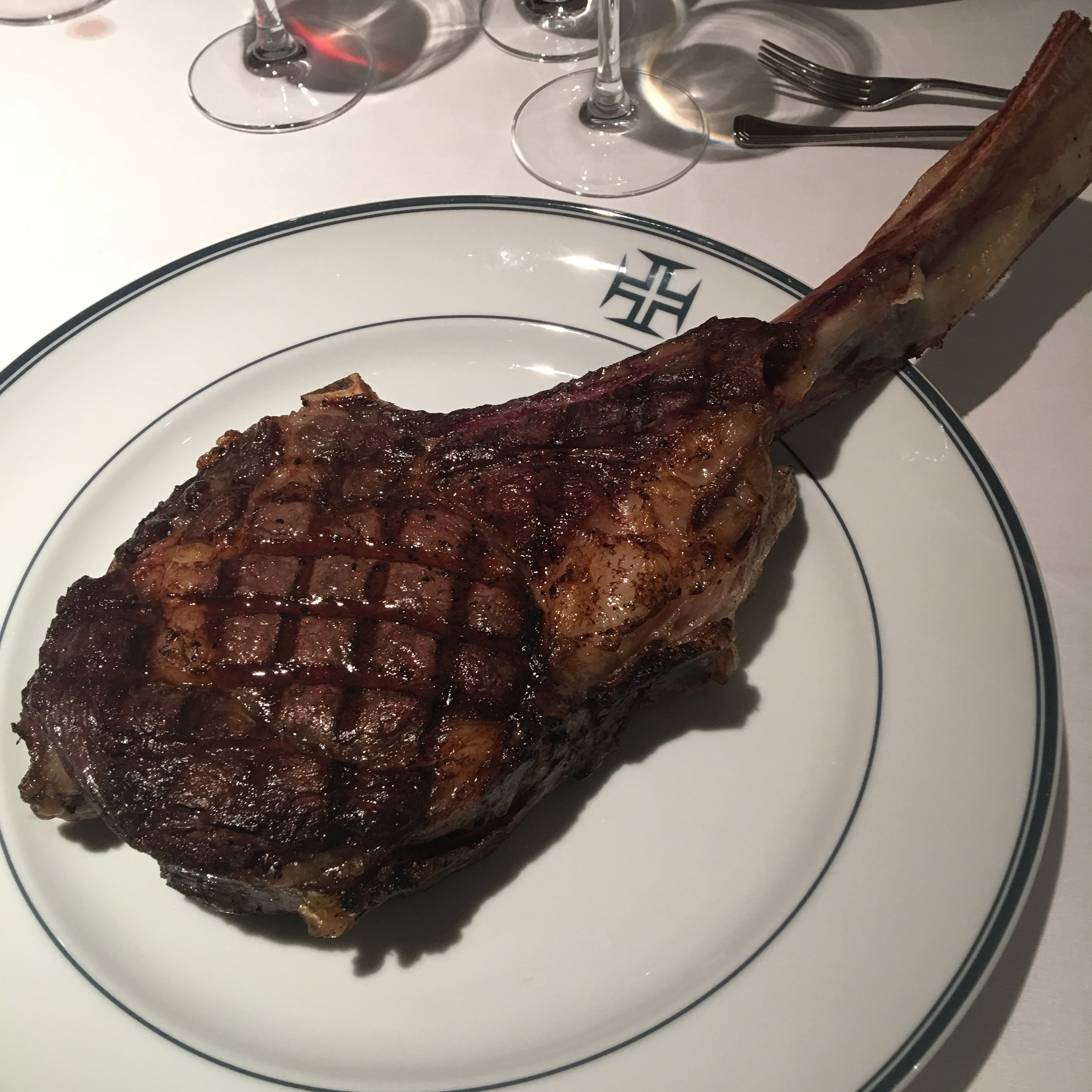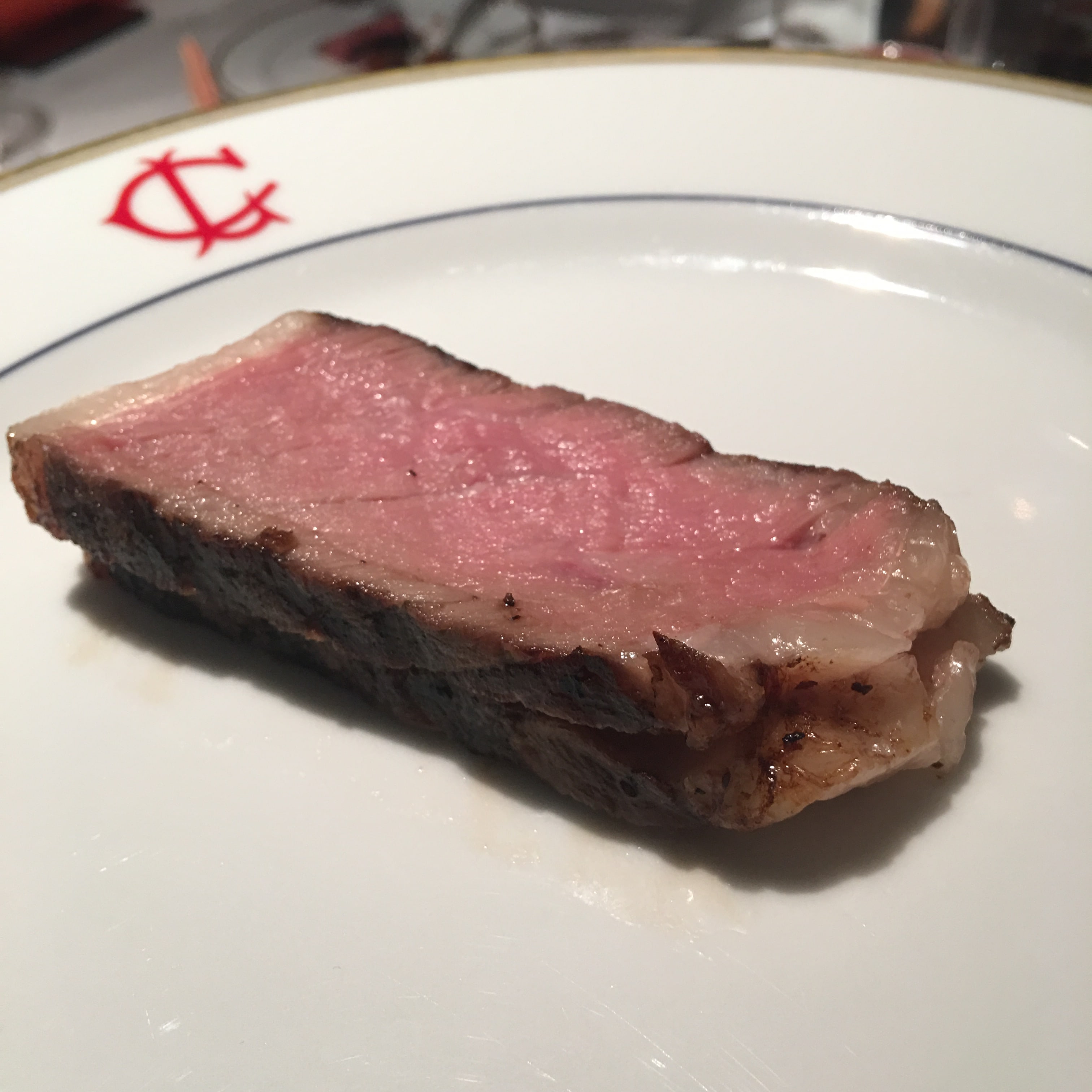When the Bordeaux gems met Portuguese signature dishes…
Wine brings people friendship; and my friends always bring along good wines. At a dinner at Club Lusitano among some old friends acquainted since my school days, we had a rare and scarce chance to have a horizontal comparison of four Bordeaux gems of the same vintage 1986, the year of our graduation from the secondary school!
We had one Premier Grand Cru and one of the ‘Super Seconds” from each of Margaux and Pauillac.
The southernmost, the largest and the most disparate commune of the left bank in Bordeaux, Margaux has more classified estates than St. Estèphe, Pauillac, or St. Julien.
At the dinner, first came the Château Palmer, which was classified under ‘Third Growths’ in 1855 classification but it would be a Second Growth today if we make reference to the latest Liv-ex index, so called ‘Super Seconds’. With 41% Cabernet Sauvignon, 48% Merlot, 7% Petit Verdot and 4% Cabernet Franc, it was the most of elegant and aromatic of the four at the dinner, displaying pronounced violet scent and red currant nuances together with layers of flavours of prune, cedar, cassis and dark chocolate, well balanced with very fine-grained tannin and good acidity.
Then we had the Château Margaux, the most renowned of the commune. Typically dominated by Cabernet Sauvignon, it had a dramatically opulent nose, and a very fruity and yet very fine and elegant palate demonstrating the classic combination of power with delicacy that has given the wine its vaunted reputation. These two wines provided good acidity to help cut the fat from the Leitão à Bairrda (Portuguese suckling pig) and Arroz de Pato (Portuguese duck rice), which in turns softened the tannin of the wines.
Arroz de Pato
Leitão à Bairrda
The second round was a pair from Pauillac, where much of the excitement of Bordeaux is centred – there you may find three of the five First Growths and altogether 18 of the 61 classified wines.
Just being next door the renowned Château Latour, the Château Pichon Longueville Comtesse de Lalande was very voluptuous probably due to the high proportion of Merlot in the blend. It showed good weight of black cherry and blackcurrant along with some but not worrying green bell pepper and cedarwood notes.
The last to taste was the most expensive pick of the night, the Château Mouton Rothschild, with displayed very good density of fruit accompanied with layers of cassis, sweet mint, sweet tobacco and cedar notes and a persistent finish. I can feel the power of the wine given the heat from the gravel mounds up to 9 metre deep with a relatively low water table, but also a slightly higher clay content that increases the body of the wine. The pair went well with the grilled axe-handle rib eye steak. Yum!
Grilled axe-handle rib eye steak
Just four wines already showed a range of styles of the left bank, expressing to me their different terroir and marked differences among the châteaux in the composition of their blends.
I look forward to our next gatherings!
Article by: Philip WONG, DipWSET
© 2024 Vinetude - All Right Reserved
